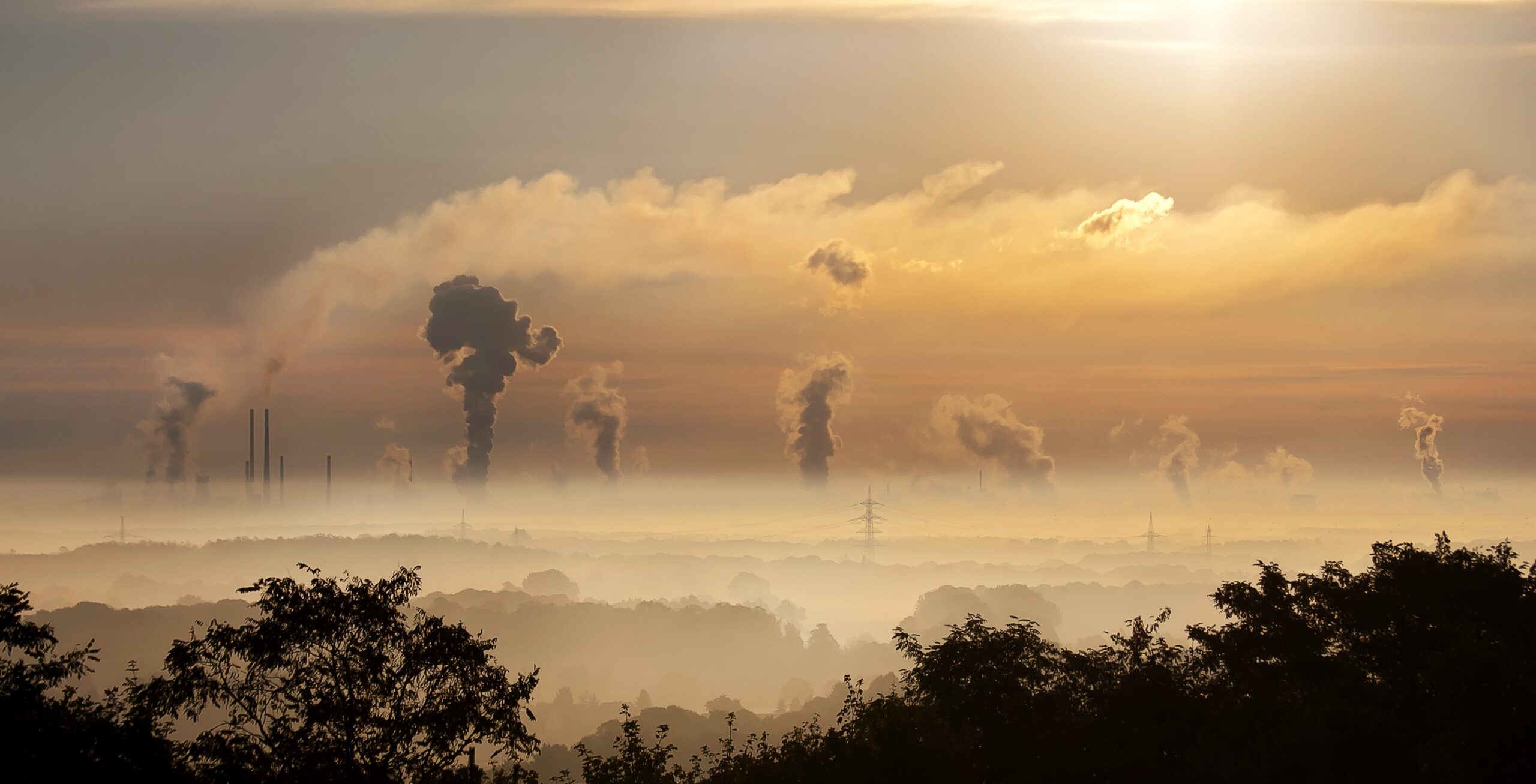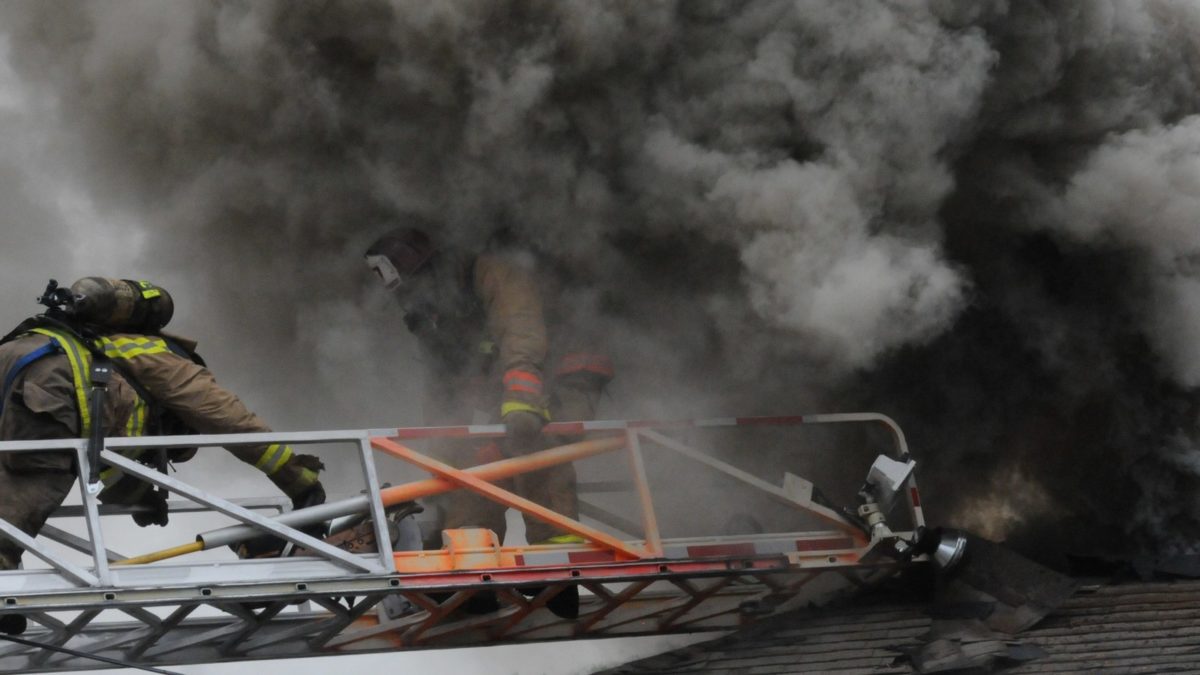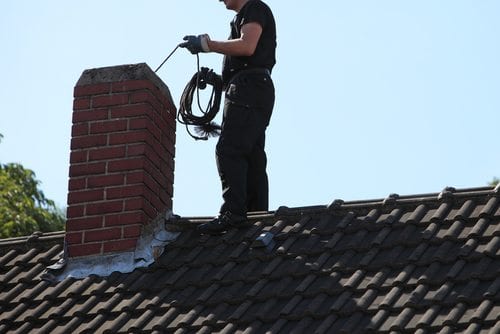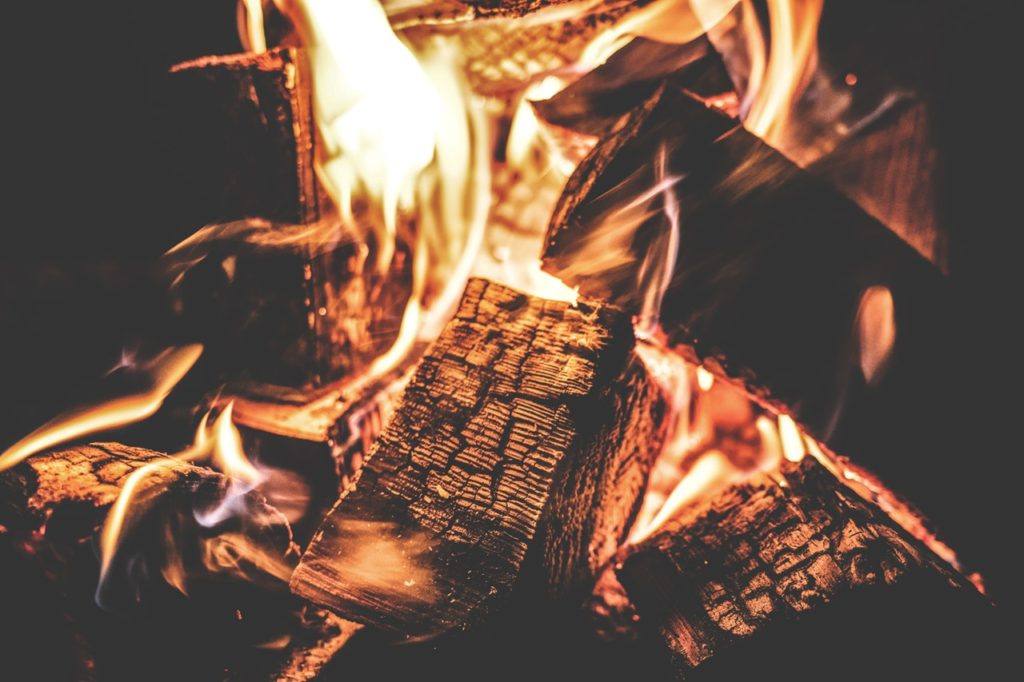Your dryer vent plays a critical role in keeping your home safe and your laundry routine efficient. Designed to expel heat and moisture from your dryer, the vent ensures that damp, lint-laden air is directed outside rather than lingering indoors. However, when the vent becomes clogged with lint, debris, or other obstructions, this essential function is compromised, leading to significant issues.
Did you know that clogged dryer vents are responsible for over 2,900 house fires annually in the U.S.? According to the U.S. Fire Administration, these preventable incidents cause millions of dollars in property damage, as well as injuries and even loss of life. But beyond the fire risk, clogged dryer vents can negatively impact your home’s air quality in ways you may not expect.
From circulating dust and allergens to creating conditions for mold growth, a clogged dryer vent can harm your indoor air and pose health risks for your family. In this blog, we’ll explore how clogged dryer vents affect air quality, the warning signs to watch for, and how to keep your home safe and your air clean.
How Does a Clogged Dryer Vent Impact Air Quality?
When most people think about a clogged dryer vent, they associate it with longer drying times or higher energy bills. However, the impact goes beyond efficiency—it can also significantly affect the air you breathe.
Let’s learn how a clogged dryer vent can directly harm your home’s air quality.
Trapped Moisture and Mold Growth
When a dryer vent is clogged, the moisture-laden air from your laundry has nowhere to go. Instead of being expelled outside, this trapped moisture can accumulate within the vent or surrounding areas, creating the perfect environment for mold growth. Mold thrives in damp, warm conditions and releases harmful spores into the air, which can circulate throughout your home.
Exposure to mold spores can trigger respiratory issues, including asthma, allergies, and other breathing difficulties. For individuals with pre-existing respiratory conditions, these effects can be even more severe. Keeping your dryer vent clear is essential to prevent mold from taking hold and contaminating your indoor air.
Circulation of Contaminants
A clogged dryer vent doesn’t just trap moisture; it also allows lint, dust, and other particles to back up into your home. When these contaminants can’t escape through the vent, they may be blown back into your living space each time you run the dryer.
The American Lung Association warns that poor indoor air quality caused by dust and allergens can worsen allergies and asthma, particularly for children, the elderly, and those with respiratory conditions. Regular maintenance of your dryer vent ensures these particles are properly expelled, protecting the health and comfort of your household.
By addressing these issues, you can improve both your home’s air quality and your family’s well-being. A clean vent ensures your home remains a safe and healthy environment for everyone!
3 Warning Signs of a Clogged Dryer Vent
1. Longer Drying Times
One of the first noticeable signs of a clogged dryer vent is longer drying times. When the vent is obstructed, airflow gest restricted, forcing your dryer to work harder to expel moisture. As a result, clothes take longer to dry, leading to wasted energy and increased utility costs. A clogged vent can reduce your dryer’s efficiency and raise energy consumption, making regular vent checks crucial for both performance and cost savings.
2. Burning Smell
If you notice a burning smell while the dryer is running, this could indicate that lint has accumulated near the heating element. As the lint builds up, it can catch fire, posing a serious fire risk. The heat from the dryer may cause the lint to smolder, creating a dangerous situation in your home. If this odor is detected, it’s essential to clean the vent immediately to avoid potential fire hazards.
3. Visible Lint and Poor Ventilation
Another common sign of a clogged dryer vent is visible lint accumulation around the vent opening or a noticeable reduction in airflow. If you see lint around the dryer vent or feel that air isn’t being expelled as strongly as it should, these are clear indications of an obstruction.
Also, if the outside vent flap doesn’t open fully or closes quickly, it could be a sign that airflow is being blocked. Regular inspections and cleaning will ensure that your dryer vent stays clear and your home stays safe.
Recognizing these warning signs early can help prevent more severe issues, from poor dryer performance to serious fire risks.
Why Ignoring a Clogged Dryer Vent Is Dangerous
We’ve already gone over how clogged dryer vents can affect the air quality in your home—now, let’s discuss the other dangers that can arise from neglecting this important maintenance task.
Fire Hazards
Ignoring a clogged dryer vent not only makes your life harder, but it can also be life-threatening. Lint is highly flammable, and when it accumulates in the vent, it can easily catch fire if it gets too close to the heating elements.
According to the National Fire Protection Association (NFPA), from 2010 to 2014, there were an average of 15,970 home fires each year involving clothes dryers or washing machines. These fires caused 13 deaths, 444 injuries, and $238 million in property damage annually. Most of these fires (92%) were caused by clothes dryers, with lint and dust being the main sources of ignition.
These real statistics underscore the importance of maintaining clear vents to prevent deadly fires.
Energy Inefficiency
Another consequence of ignoring a clogged dryer vent is energy inefficiency. When airflow is restricted, the dryer has to work harder to dry clothes, consuming more energy in the process. This not only increases your utility bills but can also reduce the lifespan of your appliance. With the extra strain on the dryer, components may wear out faster, leading to costly repairs or the need for a replacement. Keeping your vent clean will help your dryer run more efficiently, saving you money and extending the life of the appliance.
Ignoring these risks can have lasting consequences for both your home and your health. Taking the time to maintain your dryer vent ensures safety, improved energy efficiency, and peace of mind.
How to Keep Your Dryer Vent Clean
Here are some key steps to ensure your dryer vent stays clear and your home stays safe.
Doable DIY Maintenance Tips
A few simple steps can help maintain your dryer vent:
- Clean the Lint Trap After Every Use: Always remove lint from the trap after each load to prevent buildup.
- Check the Vent Hood for Obstructions: Periodically check the vent hood outside to make sure it’s not blocked by lint, debris, or snow, especially during changing seasons.
- Vacuum the Area Behind the Dryer: Use a vacuum to remove lint and dust from the area behind and underneath the dryer.
- Ensure Proper Venting: Make sure the vent hose is not kinked or crushed, as this can restrict airflow.
By performing these easy tasks and scheduling professional cleaning, you’ll keep your dryer vent functioning optimally and reduce risks to your home and health.
Professional Cleaning Services
Although DIY maintenance is helpful, scheduling professional dryer vent cleaning services, like those provided by The Irish Sweep, ensures a more comprehensive clean. Our team uses specialized equipment to remove accumulated lint, dust, and debris from the entire vent system, from the dryer to the outside exhaust.
This thorough process enhances airflow, reduces fire hazards, and helps extend the life of your dryer. With our expert services, you can have peace of mind knowing your home is safer, more efficient, and free from potential risks.
Breathe Easier with a Clean Dryer Vent
Don’t wait for a problem to arise—take action today. Schedule a professional inspection or cleaning with The Irish Sweep to ensure your dryer vent is clear and your home remains safe and efficient. Let us help you breathe easier and keep your home protected from potential hazards.







